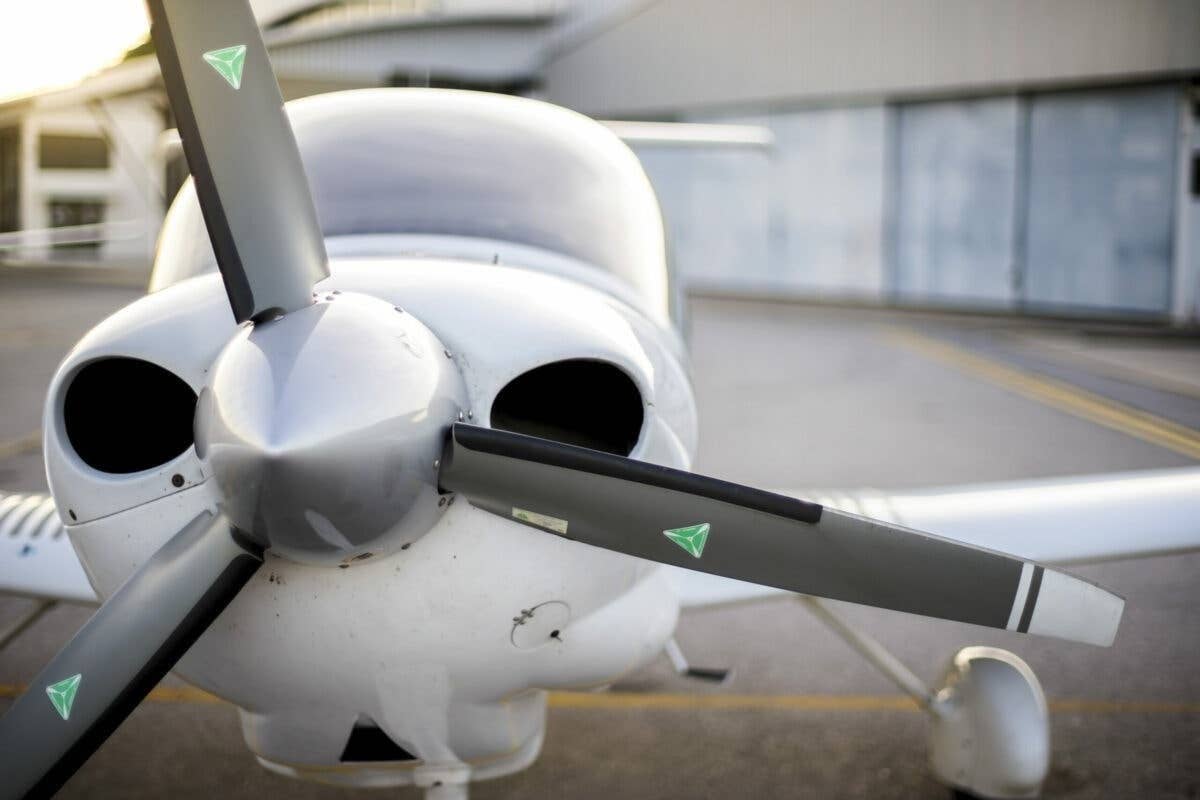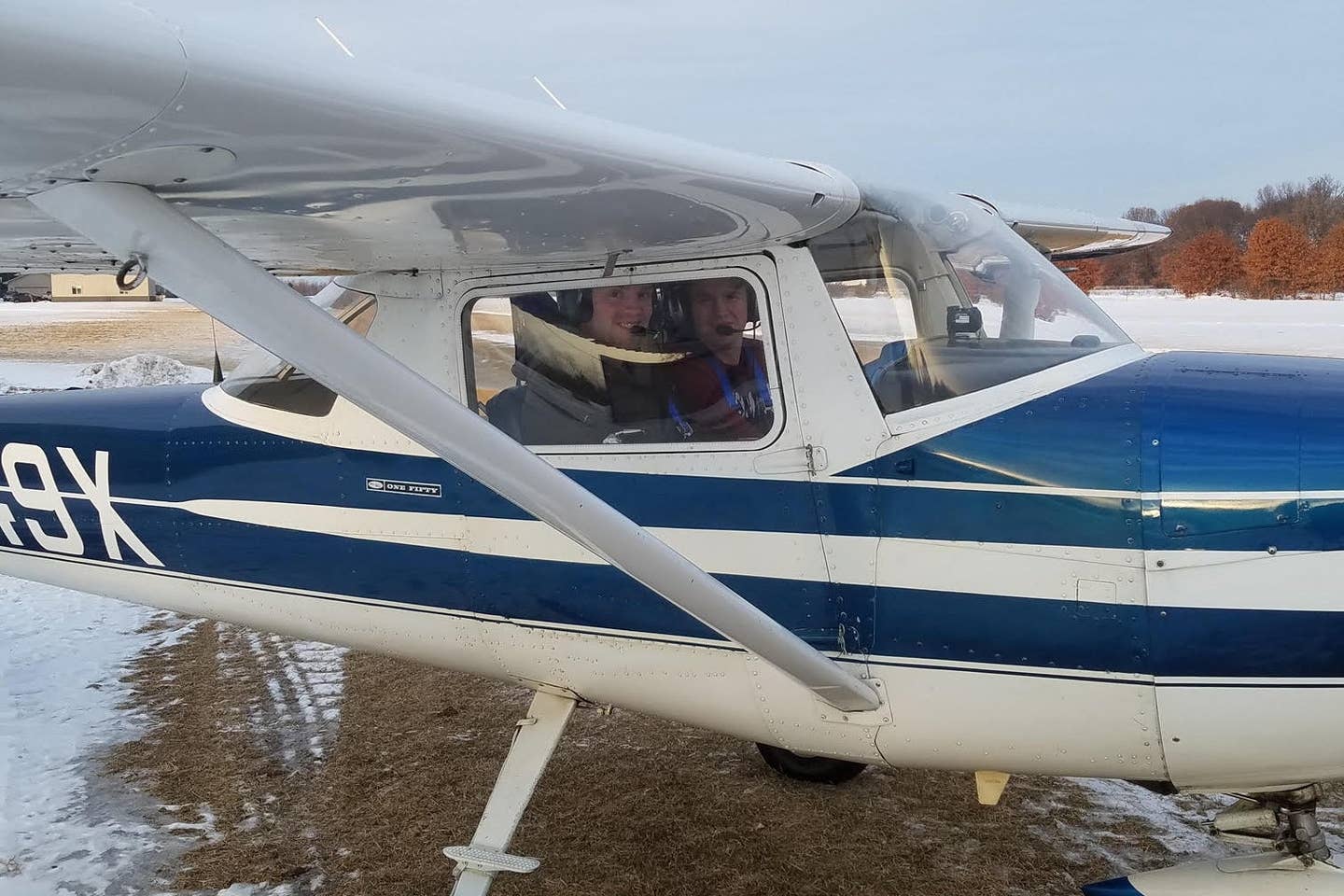
It made me simultaneously giggle and wince when I read that a bio-fuel study conducted by NASA is testing chicken fat as an alternative renewable jet fuel source.
Researchers are using a NASA DC-8 to test what they call “Hydrotreated Renewable Jet Fuel.” “It’s made out of chicken fat, actually,” said Bruce Anderson, AAFEX II project scientist at NASA's Langley Research Center. Performance and emissions are being tested as part of the experiment called Alternative Aviation Fuel Experiment II, or AAFEX II. 17 organizations from private industry, other federal organizations, and academia are participating in AAFEX II.
"The use of alternative fuels, including biofuels, in aircraft is a key element for substantially reducing the impact of aviation on the environment and for reducing the dependency on foreign petroleum," said Glenn's Ruben Del Rosario, manager of NASA's Subsonic Fixed Wing Project, which is conducting the tests.
The U.S. military has set a target of using 50 percent biofuels for their airplanes. Some military cargo and fighter airplanes already use alternative fuels and the Air Force is working on certifying its fleet to operate on a 50 percent blend of the same fuels used in the AAFEX II experiments.
"The Air Force bought many thousands of gallons of this to burn in some of their jets and provided about 8,000 gallons (30,283 liters) to NASA for this experiment," said Anderson.
It made me think, how many chickens were killed to produce thousands of gallons of fuel? It simply appears to me a strange source of renewable fuel. And why is the aviation community targeting these poor non-flying birds?
Ever since the first recorded bird strike fatality in 1912, engineers have tried to figure out the best structural design and materials to prevent a catastrophic even in case of a bird strike. And even though it couldn’t possibly cause such an event, the chicken was selected as the test subject for structural testing when the chicken gun was developed in 1972. Frozen chickens are shot with various velocities at windshields, leading edges and engines to see how much force the structural components can withstand.
While chickens being shot at metal components with a ballistic gun are unlikely to be put on a dinner plate, perhaps, since the jet fuel is produced by chicken fat, the rest of the bird can end up in a curry or stew. Personally, I’m not a fan of the fat, so if chickens can feed us and our jet airplanes, more power to them!

Sign-up for newsletters & special offers!
Get the latest FLYING stories & special offers delivered directly to your inbox


![[PILOT AND SNELLEN CHART PIC]](https://www.flyingmag.com/uploads/2022/11/2022-FlyingMag.com-Native-Advertising-Main-Image--scaled.jpeg?auto=webp&auto=webp&optimize=high&quality=70&width=1440)



